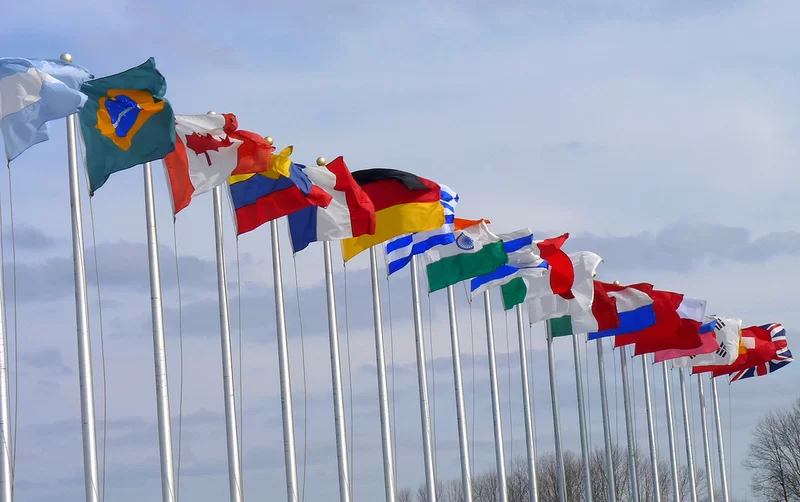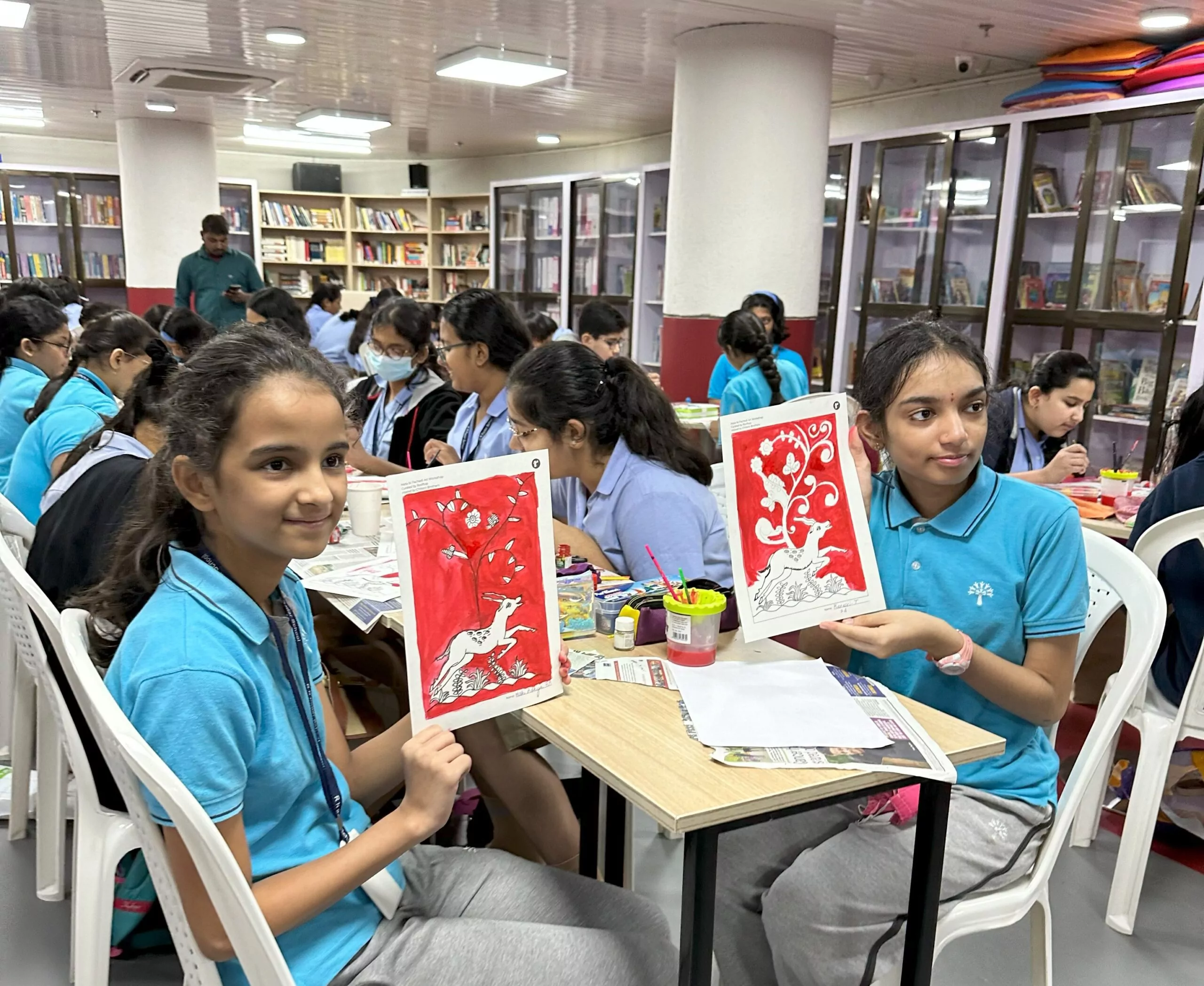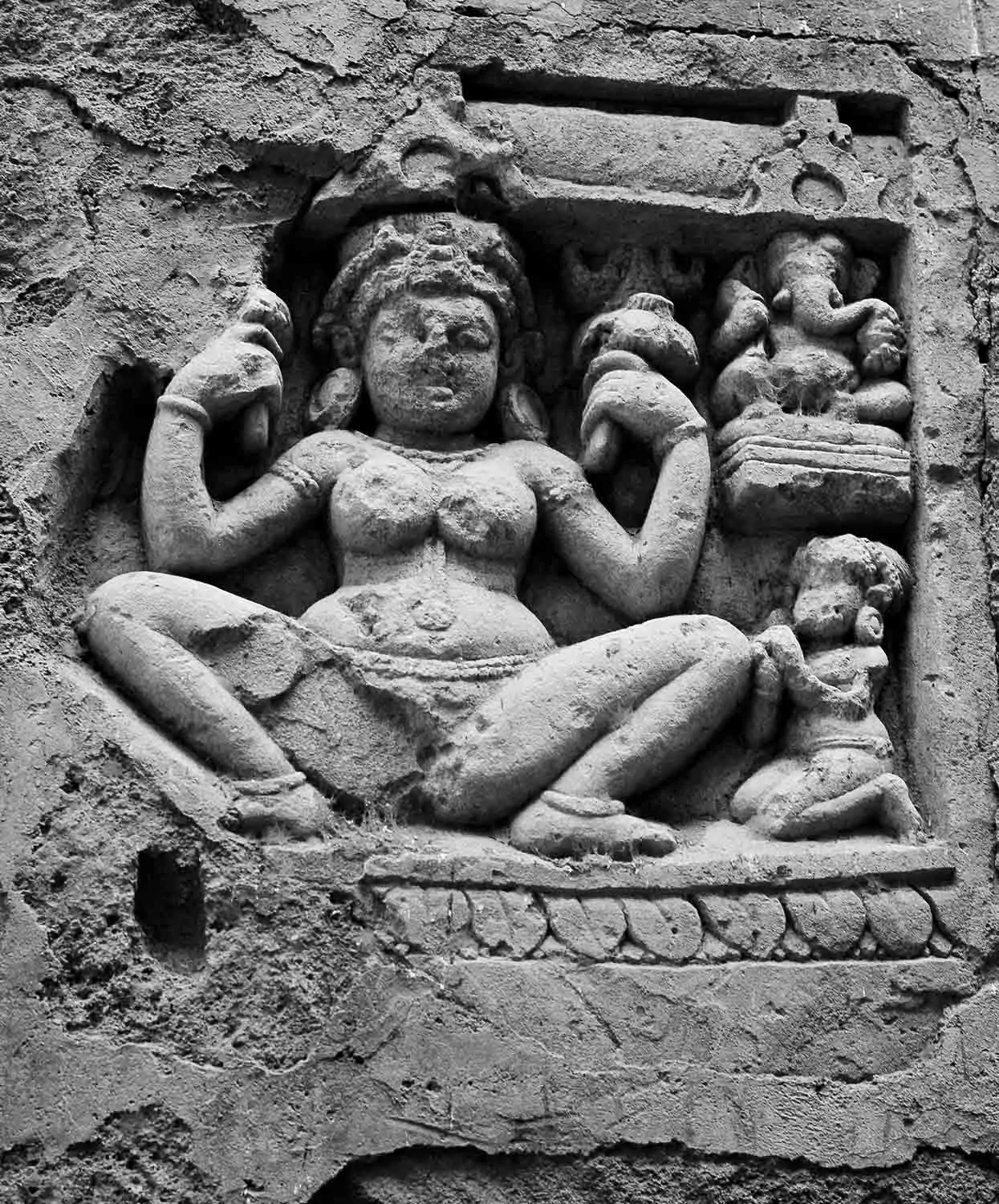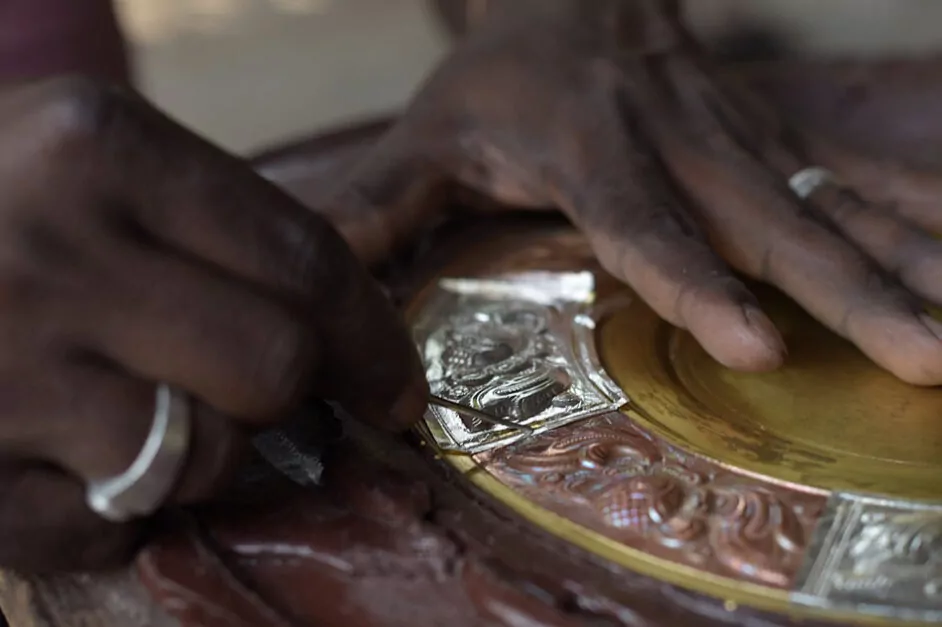Where does this global partnership stem from?
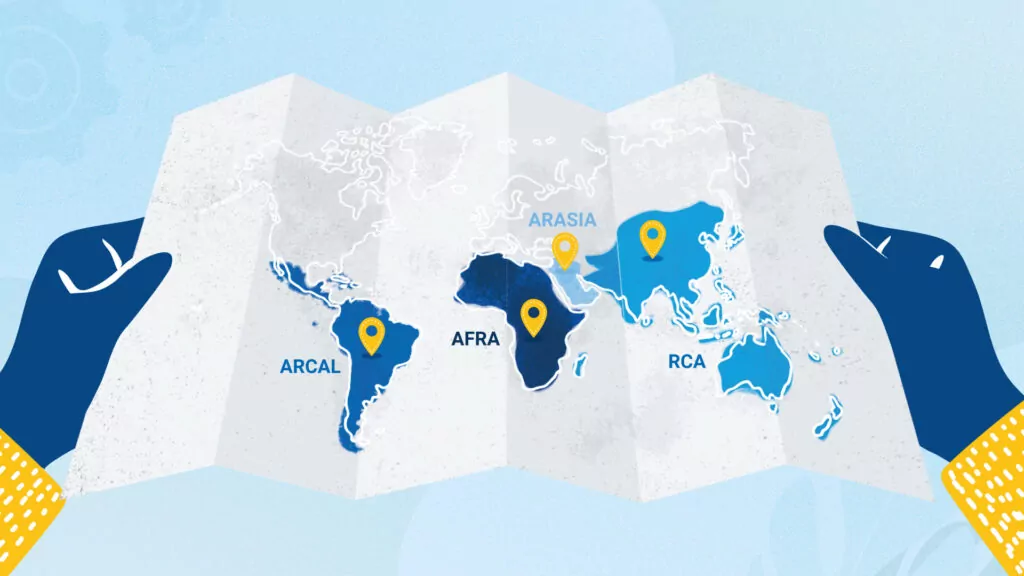
In the late 19th Century, the United Nations established a unit known as the South-South cooperation to promote easy trade and increase chances of cultural collaborations among countries of the global south. It deals with the exchange of resources, knowledge and technology among the concerned developing countries. It plays an important role in developing the creative sectors of economies through global partnerships.
There are common challenges and obstacles faced by most developing countries of the South. These include limited resources, market access barriers and infrastructural gaps, among others. Here is where the South-South cooperation comes into use. It allows these countries to share experiences and innovative solutions to overcome these setbacks.
Collaboration among countries in the global south can help in the expansion of your market and enable greater access. It forms clusters or trade blocks that collectively will negotiate with international partners for products and services. This will provide a foundation for cultural affinities and heritage too. Diverse countries can come together and showcase their artistic and cultural prowess to a global audience.
South-South cooperation enables easy transfer of knowledge, skills and technology among developing countries and their economies’ creative sectors. It stimulates creativity and innovation by sharing newer perspectives on a difficulty. As a result, these global partnerships turn out to be beneficial for both parties in the global cultural canvas.
Apart from the business standpoint, the idea of a South-South cooperation can also enhance diplomatic relations of the countries involved in the process. The countries can improve their international reputation and strengthen their cross-cultural understanding of each other’s creative energies.
Click here for more information regarding the working of South- South cooperation.
Trends: International trade and global partnerships

In the modern world, trends in international trade of creative goods and services are almost never stable. They are continuously fluctuating with globalisation, digitalisation and demand for cultural products in the global market.
After studying and analysing the common trends with global partnerships, these are some of the noteworthy results.
Firstly, the creative economy has become a significant force, determining economic growth and employment globally. Industries that contribute greatly to this are arts, design, media and entertainment. Due to a shift in consumer preferences and large scale disposable incomes, developing countries have the opportunity to take advantage of their unique cultural offerings in the global market.
In addition, digital evolution has transformed the way creative goods and services are produced, distributed and consumed. E-commerce platforms have enabled creators and entrepreneurs from several developing countries to reach global audiences directly, without the traditional distribution channels.
Finally, such global partnerships support regional integration and alliances to promote collaboration in the creative sectors. Collaboration between similar economies in the creative sector helps achieve the “Sustainable Development Goals” set by the United Nations. By promoting social inclusion, entrepreneurship and jobs in the creative sector, industries serve as catalysts for sustainable development.
How Rooftop contributes to the creative sector
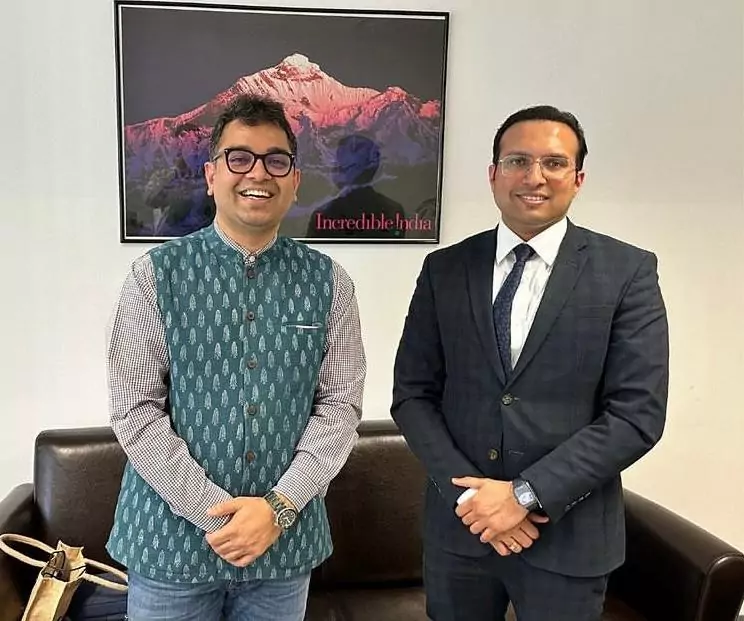
Rooftop is an art- tech startup specialising in curated art experiences through workshops, courses and books. As a company, it invests its time and resources into networking with other art institutions, galleries, exhibitions and cultural organisations around the world. Building healthy relationships with collaborators in the global art scene helps in strengthening global partnerships and bringing your company to the forefront as well.
Secondly, Rooftop organises specially curated art workshops and courses that showcase the work of many local artists. Hosting art events brings several artists together in one space, sharing ideas and connecting. This helps the organisation get recognised worldwide and creates new opportunities for international collaborations in the future.
Using a concept as simple yet vague as art, as a tool to bridge the gap between different cultures, promotes a deeper understanding of various artistic narratives. By showcasing a range of artworks and encouraging cross-cultural exchanges, Rooftop contributes to enhancing relationships and cooperation.
Additionally, Rooftop uses digital resources to provide workshops and courses to all art enthusiasts. They have a number of workshops running daily as well as a variety of Masterclasses hosted by national award winners. Not only are these initiatives insightful and interactive, but are digital. Through social media, reaching a vast audience and fostering global partnerships is easily possible!
Click here to know more about Rooftop’s involvement in the domain of Indian folk art.
Partnerships helping widen the cultural scale

A mutual understanding between multiple cultural institutions in India facilitates global partnerships. It results in the promotion of cultures through Indian traditional arts. For example, the National Centre for the Performing Arts (NCPA) has been collaborating with venues such as the Lincoln Centre in New York. Today, Indian classical music, dance and theatre is being recognised and broadcasted on prominent global stages and channels.
Many universities and art institutions encourage student cultural exchanges. These provide an insight and first- hand experience into Indian culture and arts to international students and vice versa. Plus, it gives an opportunity to showcase unique talents on a global scale. There have been a plethora of recent studies on Indian traditional art, music, history, theatre and sociology, among many others.
Corporate sponsorships play another vital role in creating and maintaining global partnerships. Corporates, philanthropic foundations and art organisations have supported the global promotion of traditional Indian arts. Financial support for art related festivals, exhibitions and events goes a long way for the artist, too.
Lastly, social media and other digital platforms use modern technology to encourage Indian art effectively and on a global scale. Online collaborations between Indian artists, musicians, dancers and entertainers has never been easier! Platforms such as Instagram and Youtube have enabled the rise of visual galleries and audiences that can support traditional Indian art from anywhere in the world.
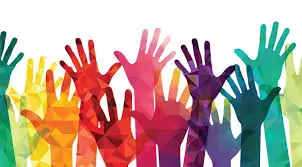
All things considered…
International collaborations and global partnerships play a vital role in a healthy cross- cultural exchange. By forging a good alliance across borders, the creative industry can broadcast traditional Indian arts to a global audience. Additionally, international networking provides India with an equal opportunity as its foreign counterparts, to contribute to the growth of innovation and diversity. Sharing of knowledge, resources and technology among multiple markets in developing countries results in a win- win situation for all creative sectors involved in the exchange!
To learn more about all things art, download the Rooftop app from Google Play or App Store to stay updated on our upcoming art events and workshops. Stay tuned to rooftop blogs and follow us on @rooftop_app.
By Freya Bulsara

